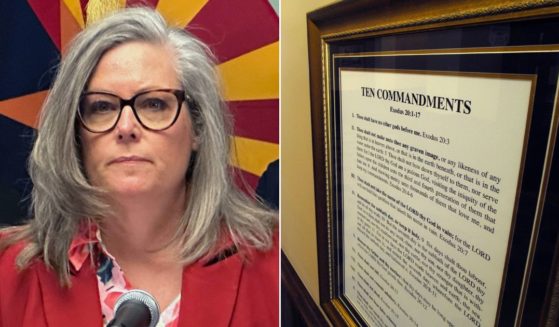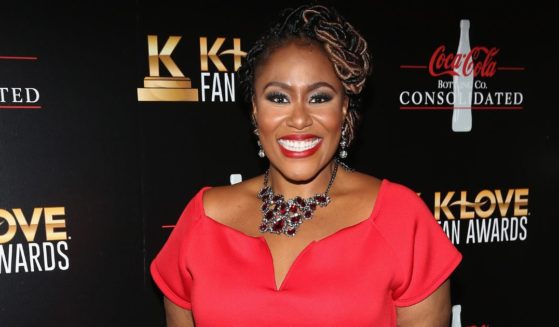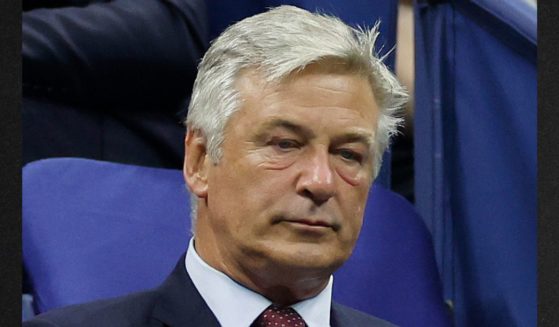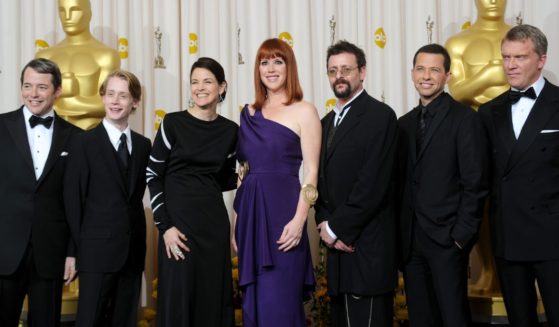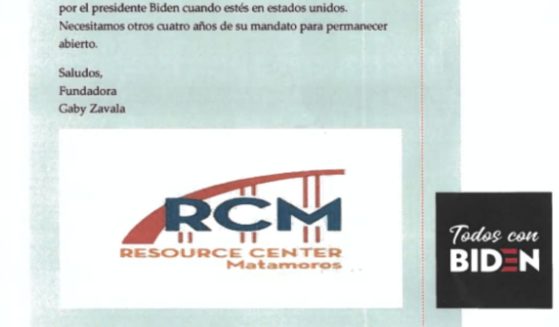Scaros: Supreme Court Cases Are Complicated, Despite What the Media Tells You
In a recent Supreme Court case, the justices considered whether the CIA was under obligation to confirm that it maintained a facility in Poland, where it allegedly waterboarded and otherwise harshly treated a terrorist in captivity.
A couple of justices said the location was already public knowledge, so confirming it was simply a formality. Another two disagreed, stating that media rumors are not the same as official confirmation and that the latter could damage future relations with countries that depend on the U.S. safeguarding secrets.
The government invoked the “state secrets privilege,” most prominently recognized by the Supreme Court in the 1953 case U.S. v. Reynolds, arguing that to provide official confirmation would threaten national security.
The court agreed that the government met the threshold of satisfying that standard, and one justice said the court didn’t even need to look at the government’s argument simply because the confirmation request was dubious in the first place.
If you’re not quite sure which of these views makes the most sense, you might be even less sure after reading all 77 pages of the court’s decision. And that’s usually how it works: Supreme Court cases are complicated.
Unfortunately, many of the comfort food feeding troughs that pass for news outlets nowadays would have us believe otherwise.
With the passing of Justices Antonin Scalia and Ruth Bader Ginsburg, icons to conservatives and progressives, respectively, and the addition of three new justices over the past five years — with a fourth slated to be confirmed this spring — the oversimplified narrative about the Supreme Court goes something like this: Justices Clarence Thomas, Samuel Alito and Amy Coney Barrett are solid conservatives, and Justices Stephen Breyer, Sonia Sotomayor and Elena Kagan are liberals.
There was a time when Chief Justice John Roberts and Justice Brett Kavanaugh were thought to be on the conservative home team (or the away team, depending on one’s trough), but in judicial politics as in just about anything else, there are some who demand purity.
Purists were quick to condemn both Roberts and Kavanaugh for daring to rule differently than expected. Some conservative commentators now portray Kavanaugh and especially Roberts as another William Brennan.
So, can you guess which point of view in the case described above matches which justice?
More Americans would understand the complexities of Supreme Court decisions by reading an entire case instead of letting their comfort food dispensaries filter it the way they like. Imagine if justices’ names were omitted, so the reader wouldn’t know who said what. Maybe then people would read with an open mind instead of looking at a name and instantly supporting or condemning what the justice wrote before actually considering it.
In the case at hand, U.S. v. Zubaydah, there were 15 different parts, two opinions concurring (agreeing with the decision but for different reasons), one dissenting (disagreeing with the decision altogether), and one partly concurring and partly dissenting.
For instance, Thomas only joined his colleagues in Part IV, which dismissed the case, but only on the grounds that there shouldn’t have been a case in the first place. Kavanaugh and Barrett quibbled with him about whether the government needs to invoke the state secrets privilege before an information request can be deemed dubious.
Kagan agreed with Gorsuch and Sotomayor that the case should be dismissed, but disagreed with their conclusion that the government should confirm the location because it’s already public knowledge.
I practiced law for many years and continue to teach and write about it. Even so, given my various other professional obligations, it took me three days to adequately read and analyze this case and synthesize the information into language that is reasonably reader-friendly to the non-legal professional.
In stark contrast, do you really think the pundits on TV spend more than 15 minutes on something like this, considering how many other stories they have to cover? And once one media outlet breaks the news, do the others really take the time to investigate the issue independently, or do they just copy and paste?
If only they spent more time really getting to know an issue rather than figuring out how to tailor it to suit their audience’s liking, maybe more Americans wouldn’t think that the Supreme Court — and the rest of politics — is just a “good guys vs. bad guys” cartoon.
Would many outlets even dare report on this case, considering it probably doesn’t neatly correspond to their narrative? Does Gorsuch’s siding with Sotoyamor now make him a traitor, too? Well, then, what about Kavanaugh and Barrett siding with Breyer and Kagan?
By the way, the aforementioned conservative Scalia and liberal Ginsburg were the best of friends.
Told you it was complicated.
The views expressed in this opinion article are those of their author and are not necessarily either shared or endorsed by the owners of this website. If you are interested in contributing an Op-Ed to The Western Journal, you can learn about our submission guidelines and process here.
Truth and Accuracy
We are committed to truth and accuracy in all of our journalism. Read our editorial standards.


